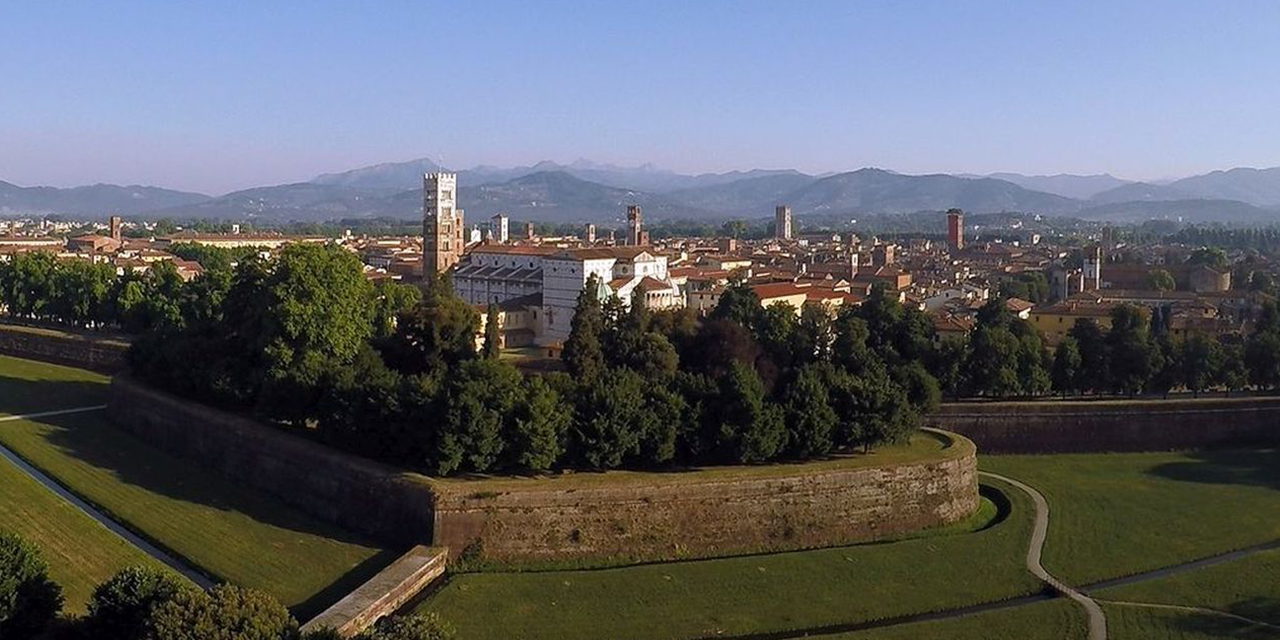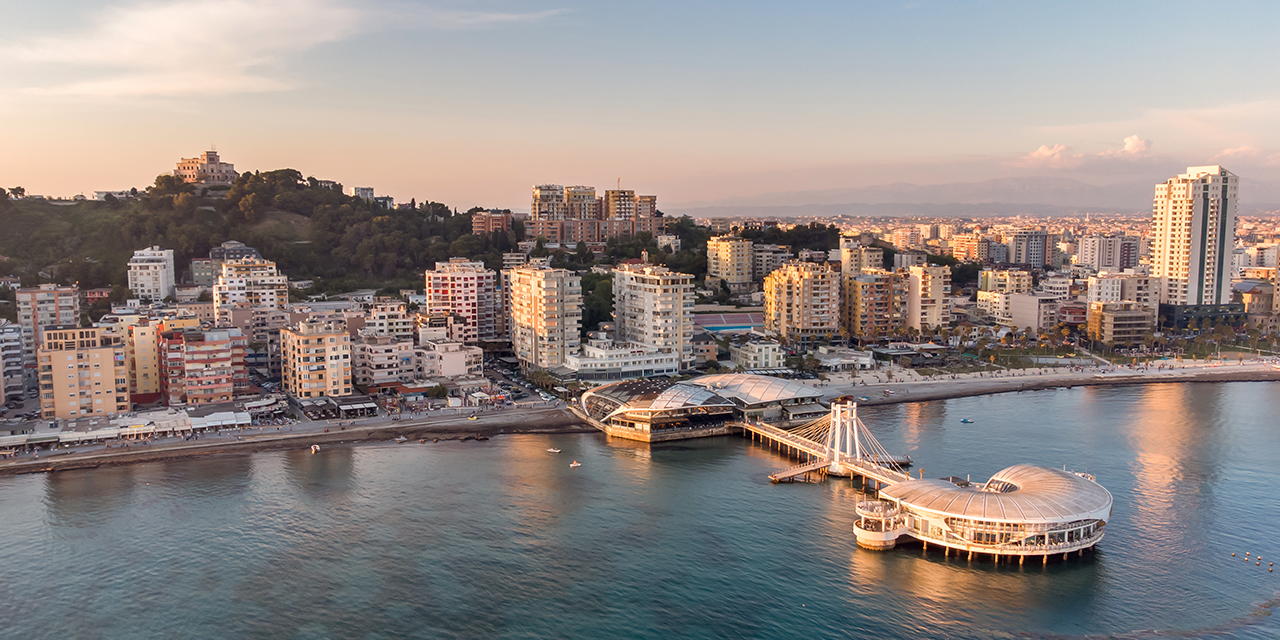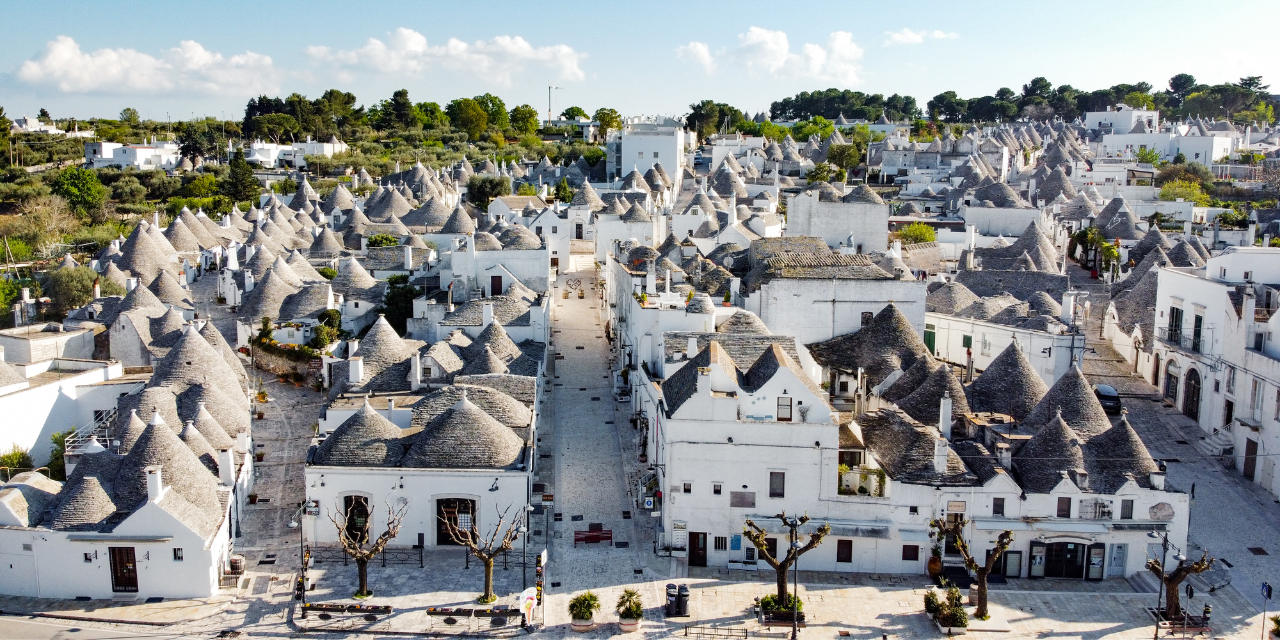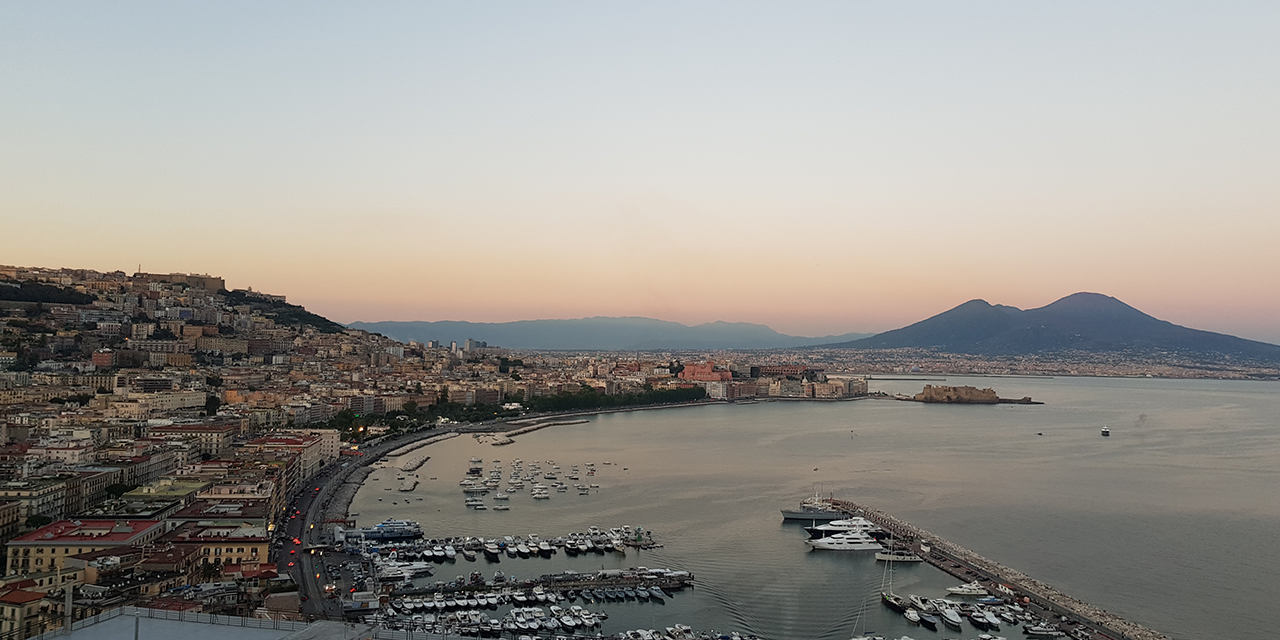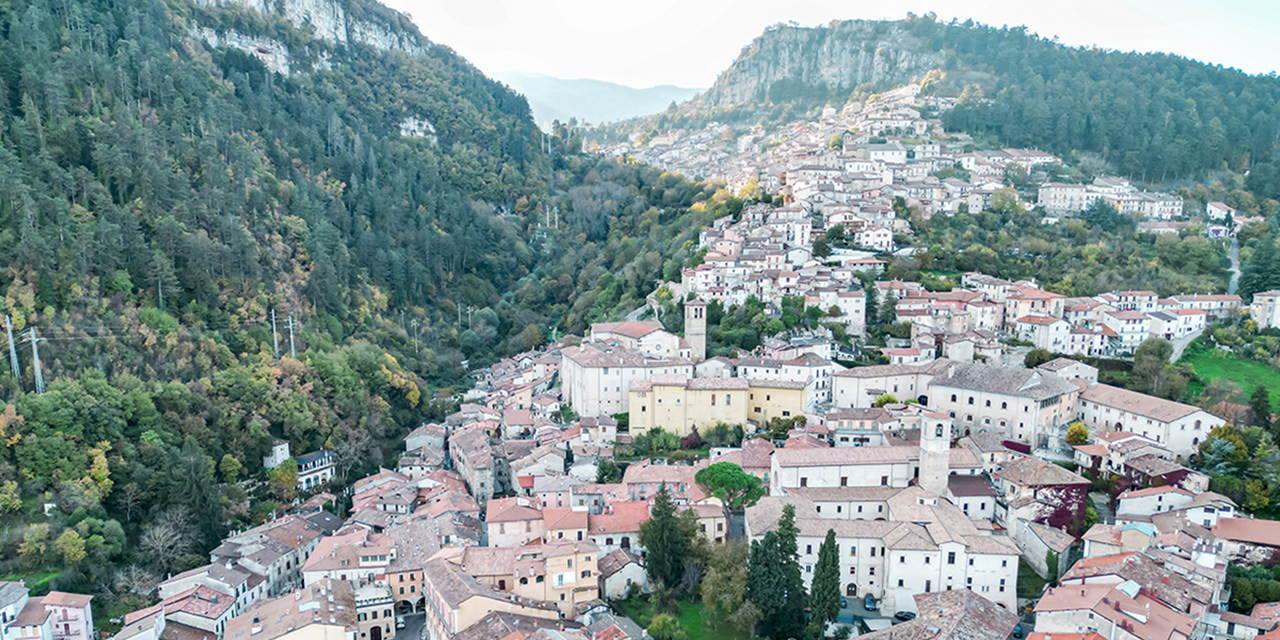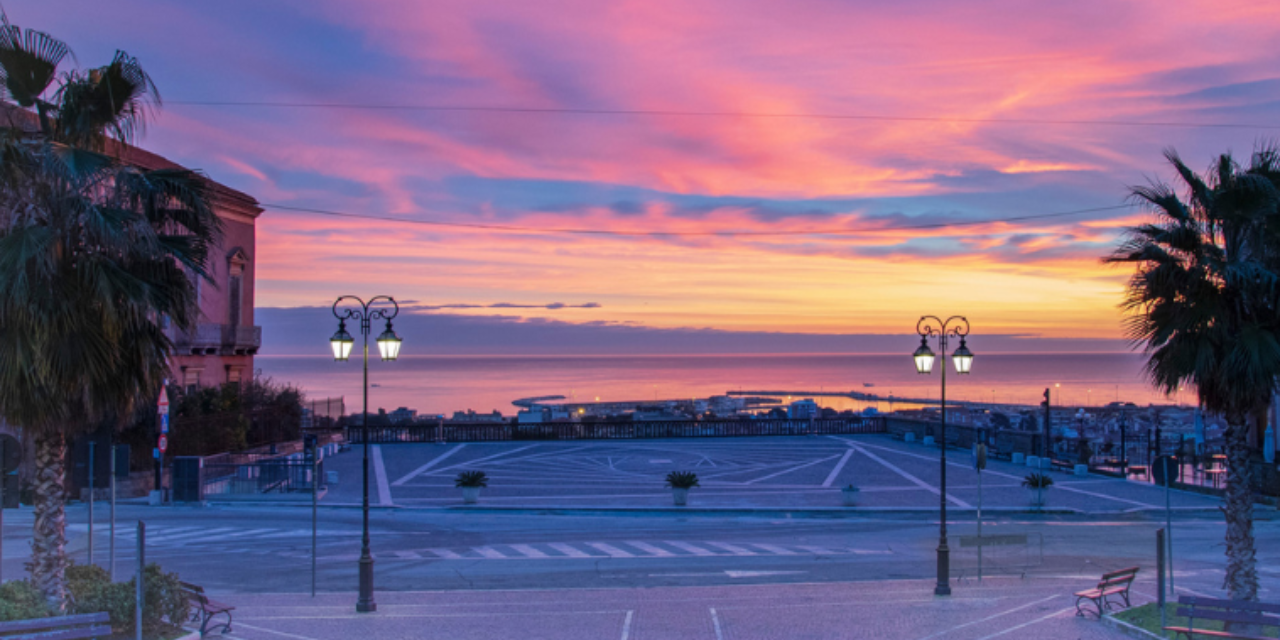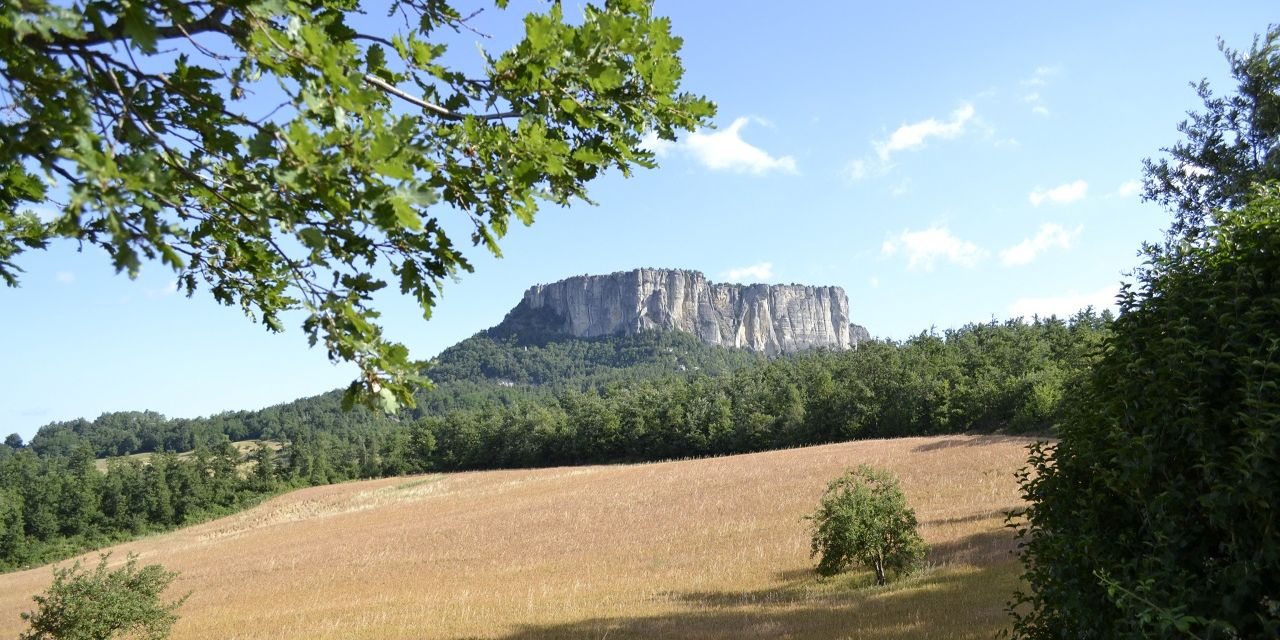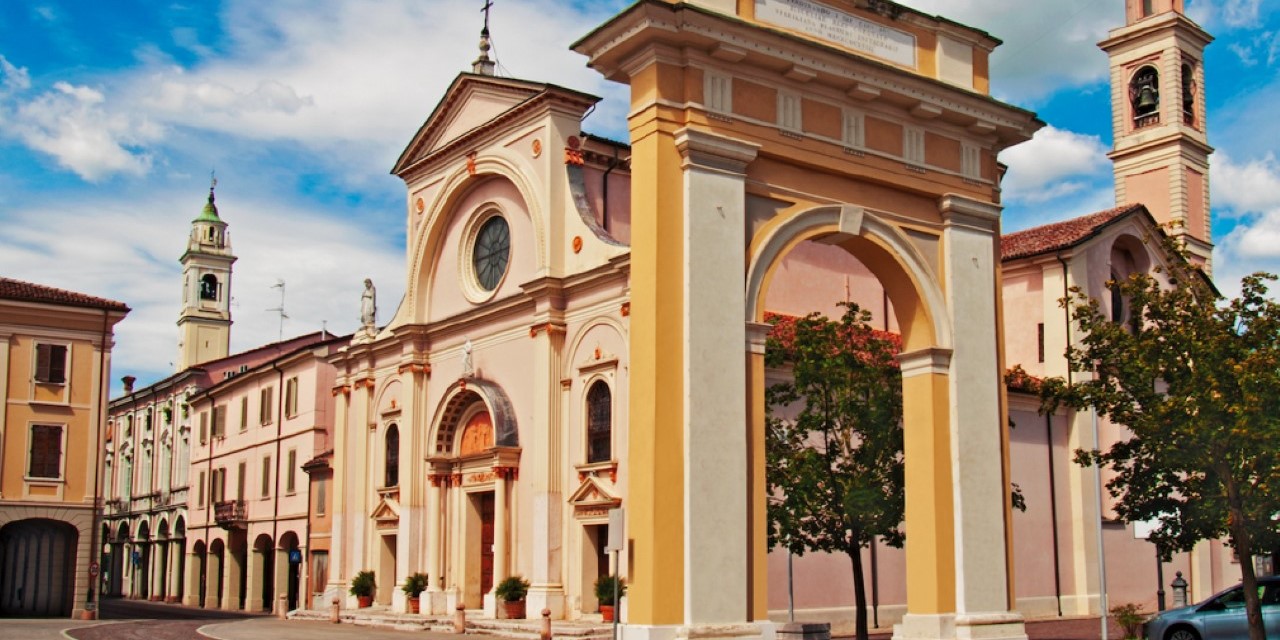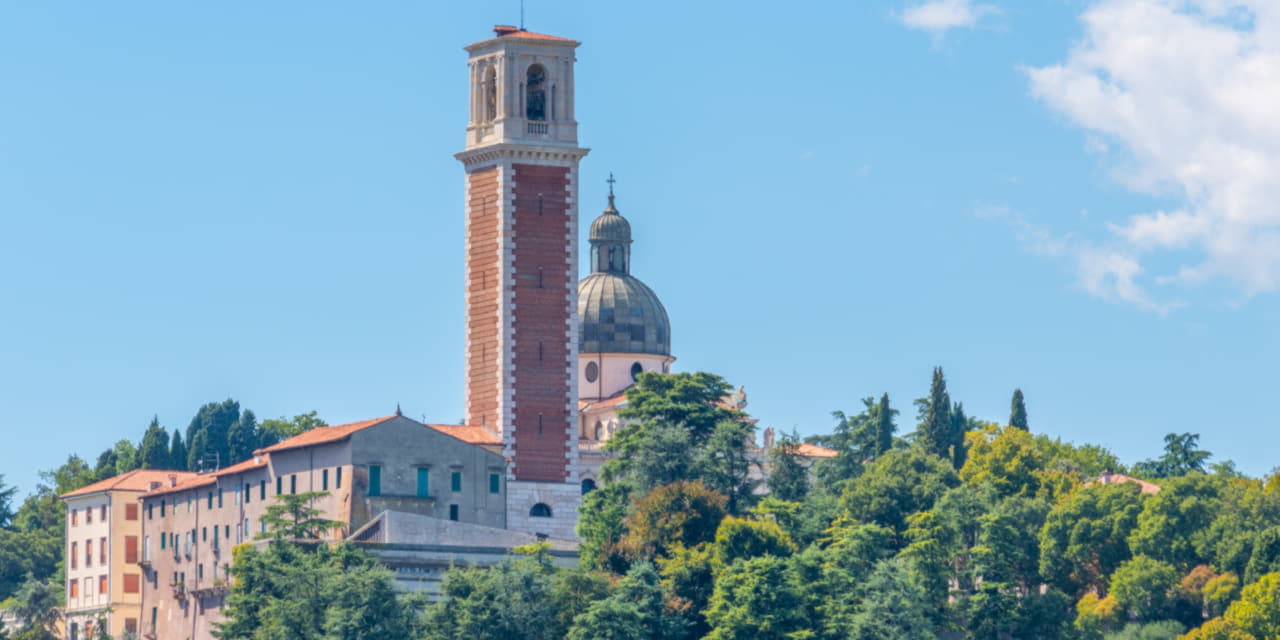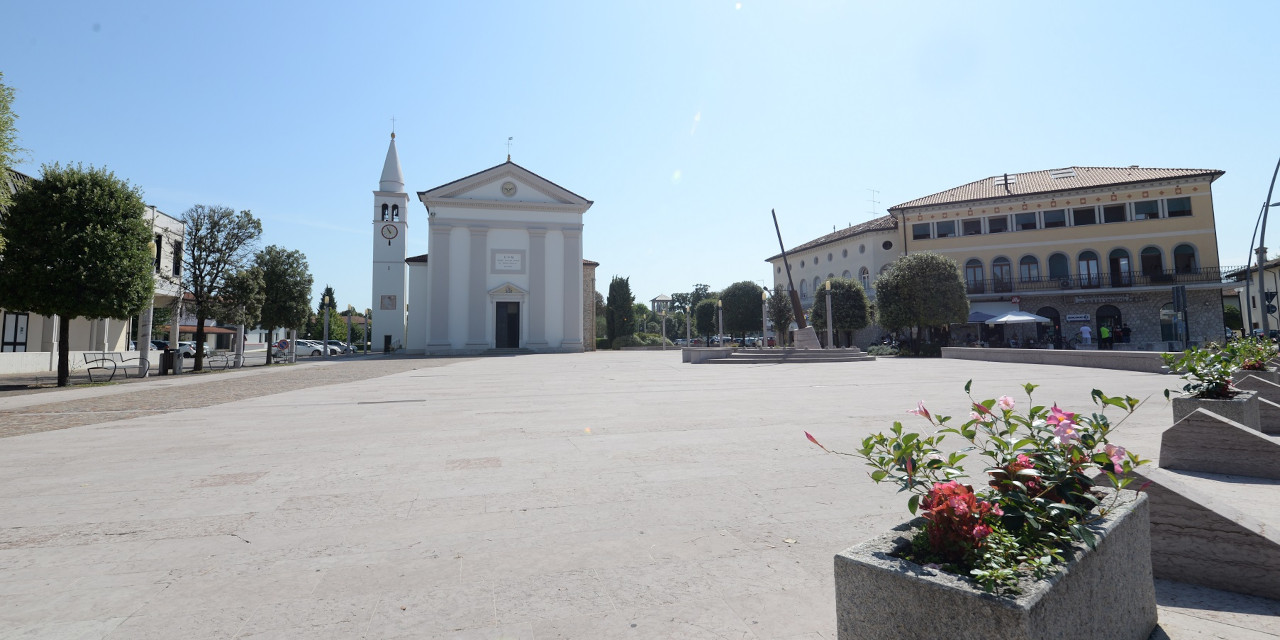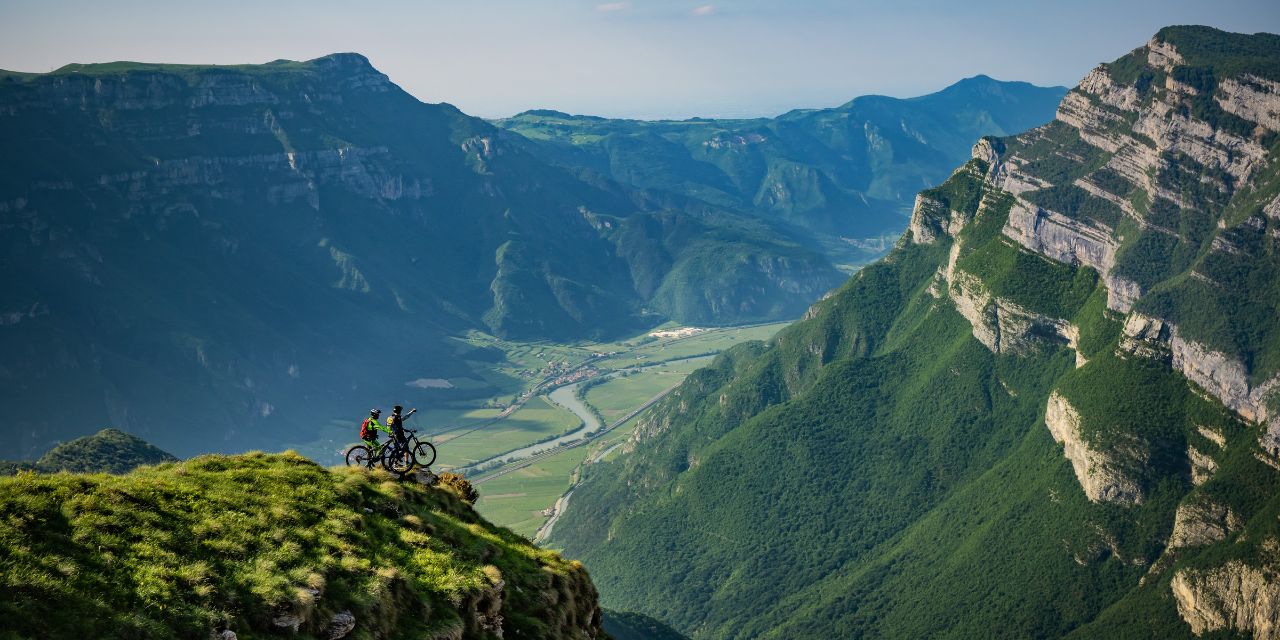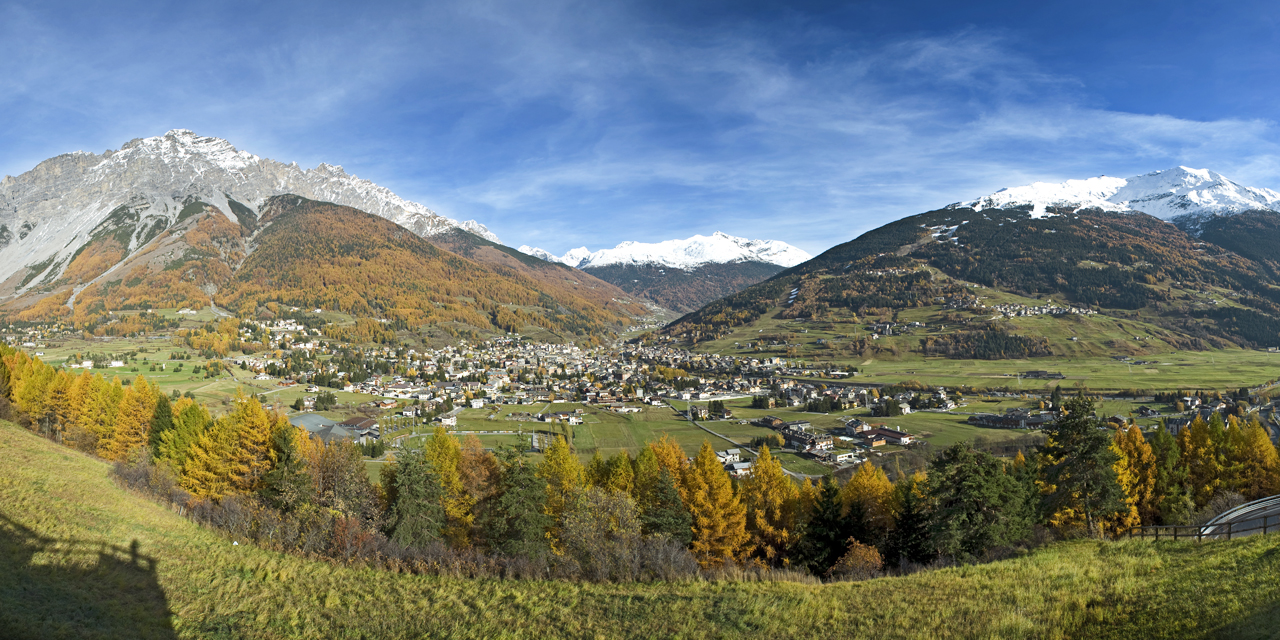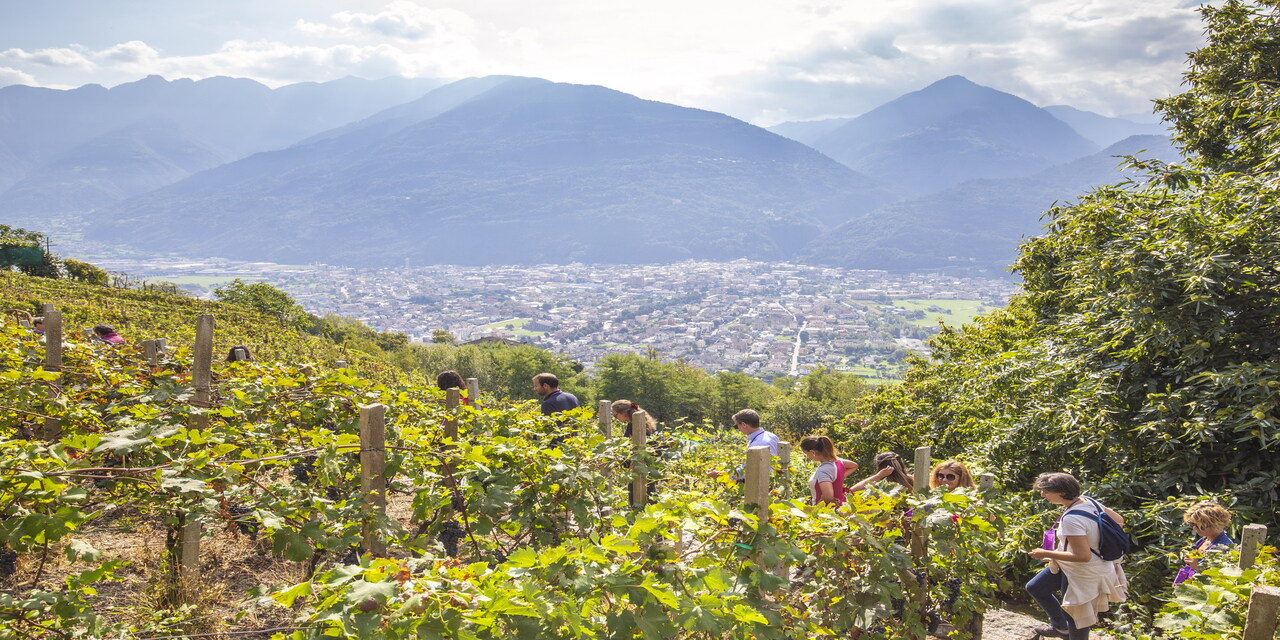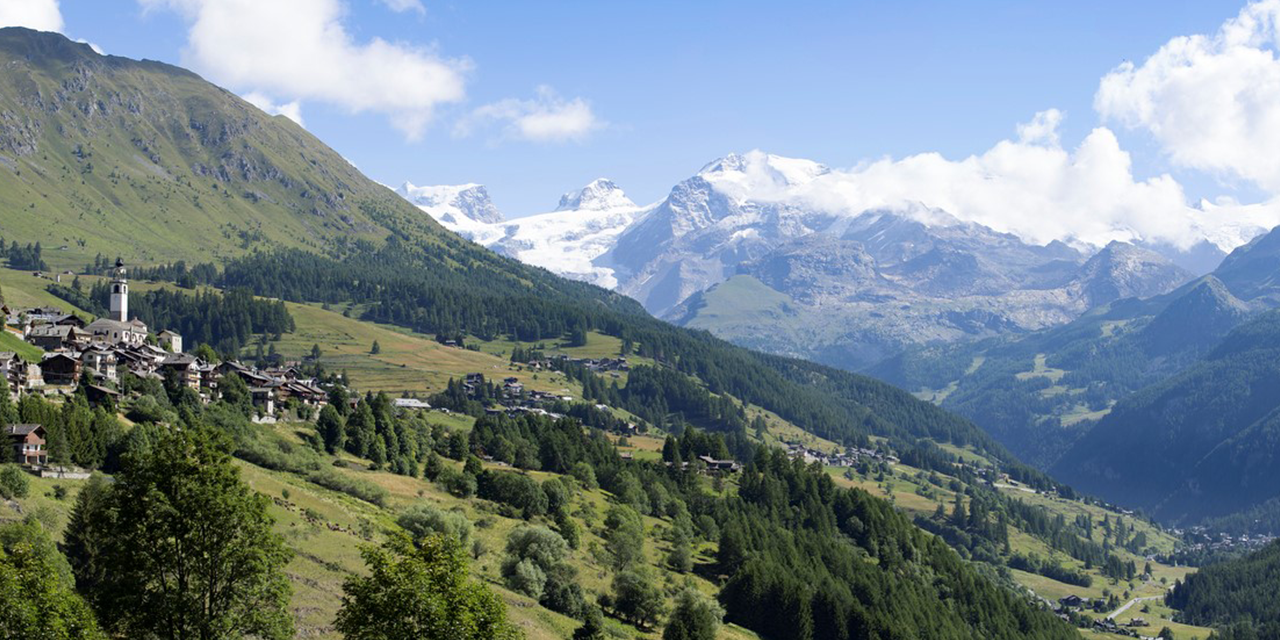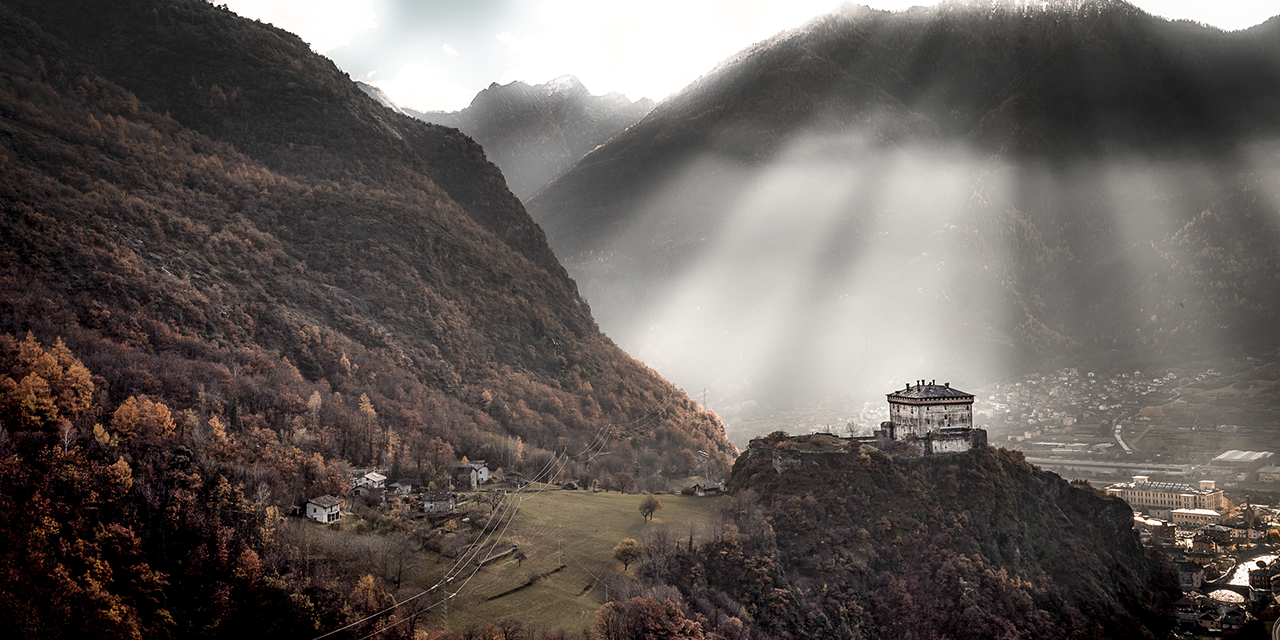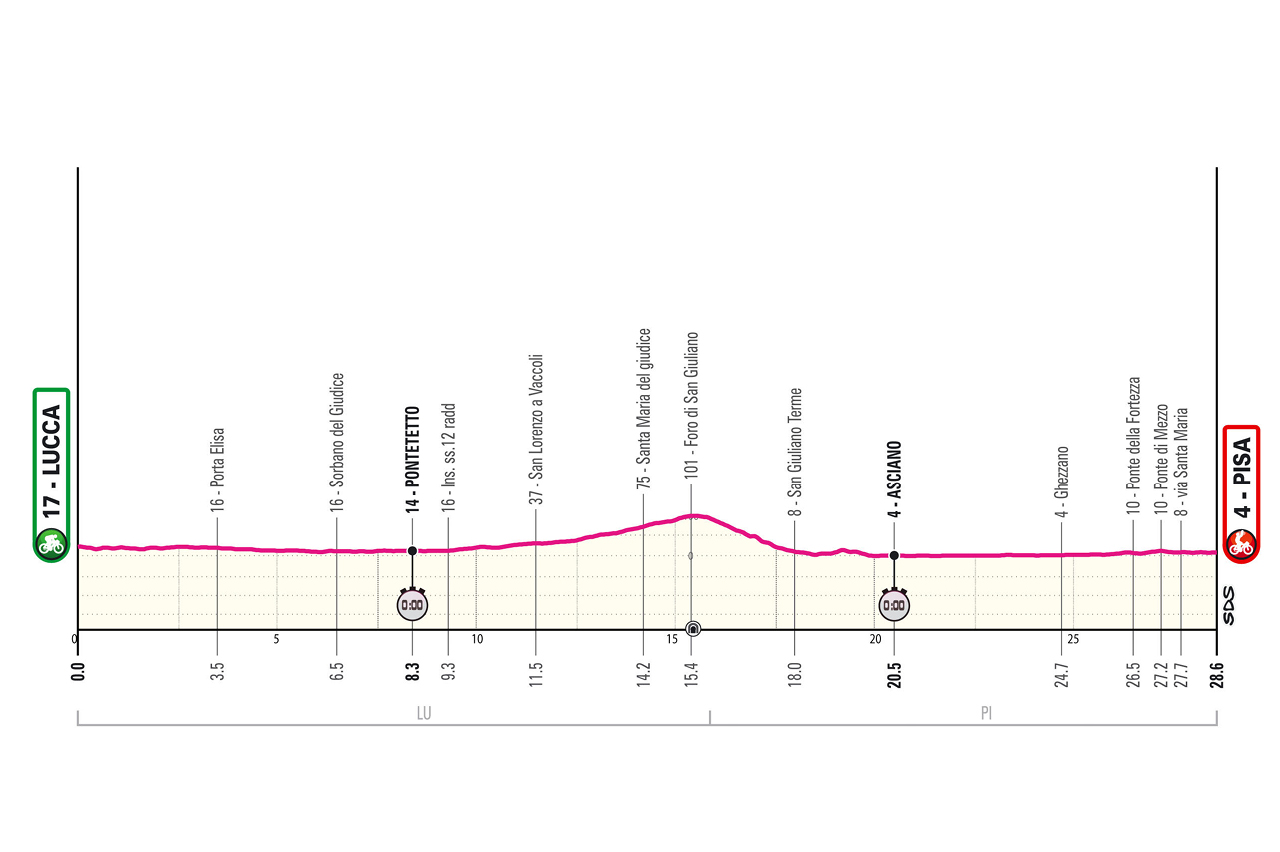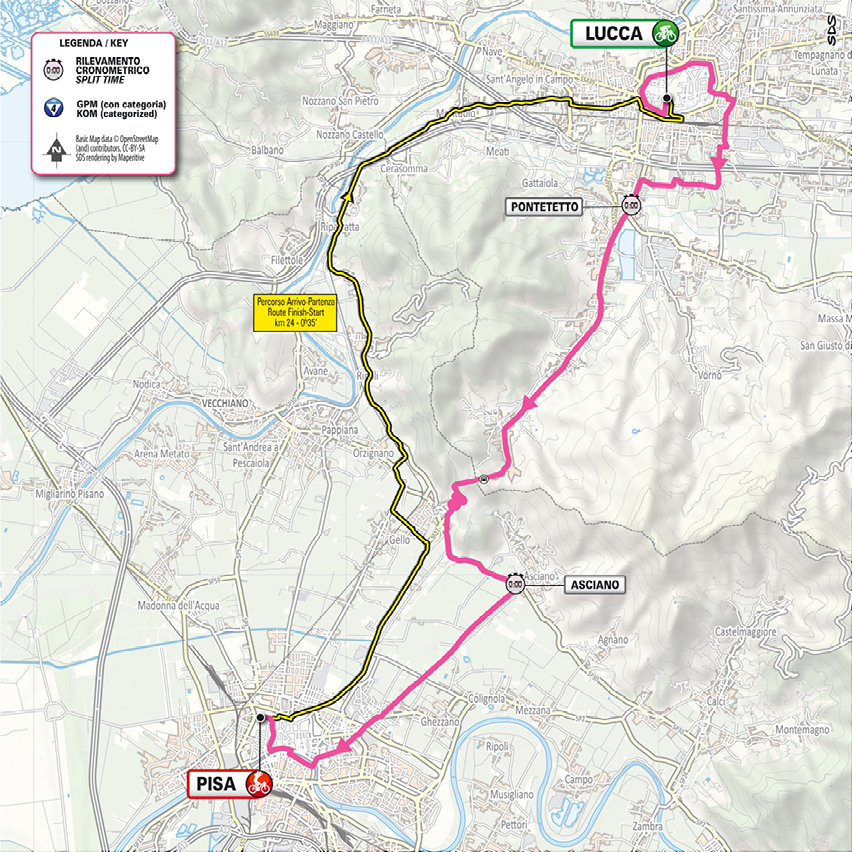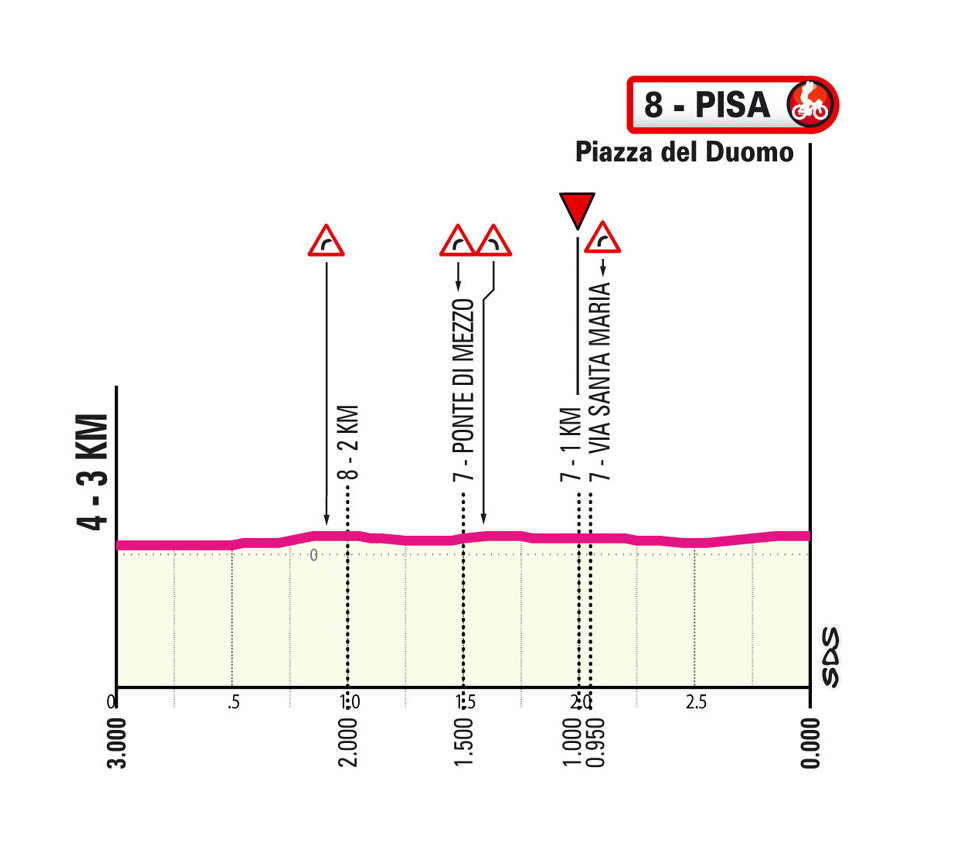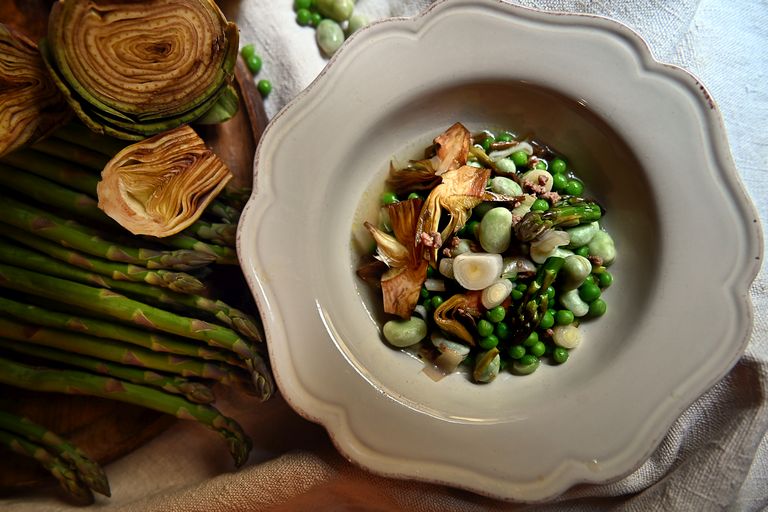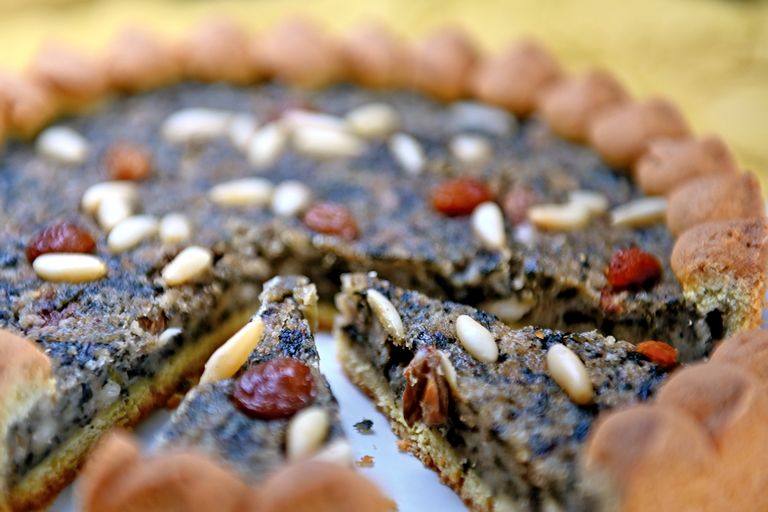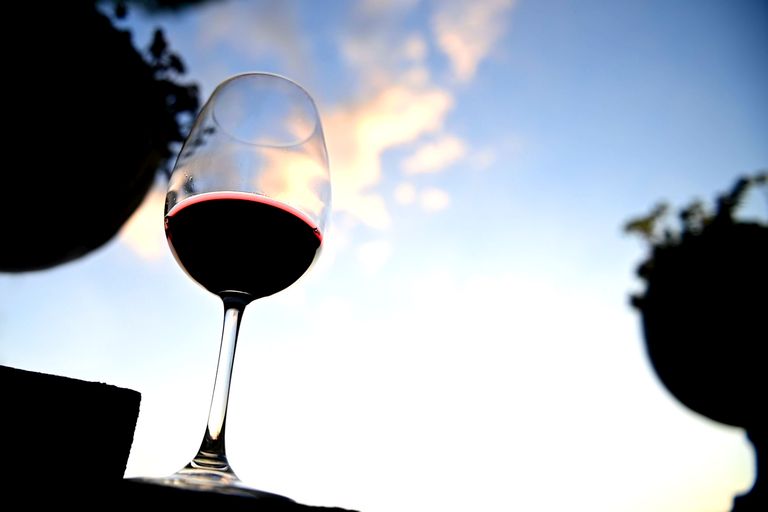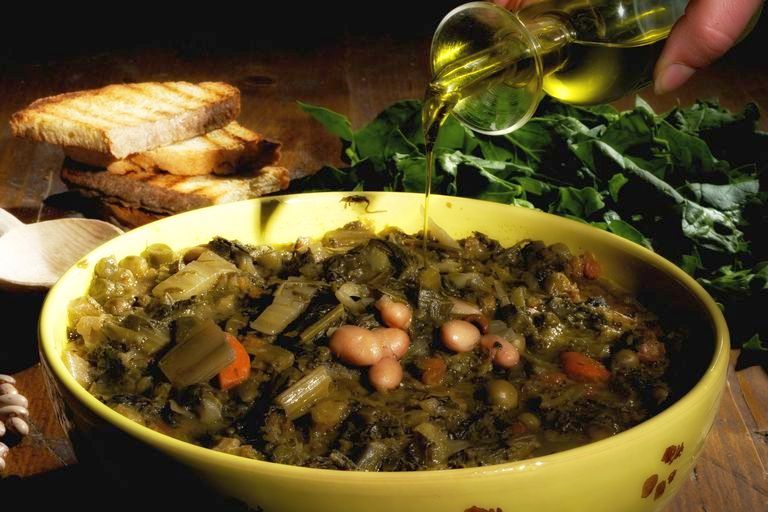Lucca
Overview
Lucca is a city enclosed by its intact Renaissance walls, perfect for a scenic walk. The historic center is a labyrinth of squares, towers, and churches, including the famous Guinigi Tower with its rooftop garden. The city breathes culture and tranquility, hosting musical events like the Lucca Summer Festival and captivating visitors with its charming, history-filled streets.
Gastronomy
Lucca, with its centuries-old traditions, offers a unique culinary journey through authentic and genuine flavors. Among its most representative dishes are tordelli lucchesi, meat-filled ravioli enriched with spices and served with a hearty meat ragù. The frantoiana soup celebrates new olive oil with a medley of seasonal vegetables and stale bread, a humble yet flavorful dish. Another specialty is Lucca’s red bean and farro soup, a staple of peasant dish where the intense flavor of local red beans blends with the rustic texture of spelt. The garmugia, a spring soup of ancient origin, combines artichokes, asparagus, fava beans, and peas with ground meat, creating a perfect balance of sweetness and savoriness. Among the main courses, rovellina alla lucchese surprises with breaded veal slices cooked in a tomato, caper, and anchovy sauce, offering a bold yet harmonious taste. Baccalà (salted cod) with leek is a tribute to simplicity: the fish is slowly cooked with abundant leeks, creating a rich and enveloping dish. When it comes to desserts, it’s impossible to resist buccellato, a sweet bread with raisins and anise, perfect for any time of day. Torta d’erbi is a rustic tart filled with sweetened wild herbs, embodying the deep connection with the land and traditions. Finally, necci, chestnut flour crêpes filled with ricotta, conclude the meal with a delicate and characteristic touch from the Garfagnana region.
Wine and beverages
The wines and traditional beverages of Lucca reflect the region’s deep connection to its land and time-honored traditions. Among the most renowned are Colline Lucchesi DOC wines, produced in the rolling hills surrounding the city. These wines, both red and white, are known for their elegance and freshness. The reds, made from Sangiovese, Merlot, and Cabernet Sauvignon grapes, offer intense aromas and fruity notes, ideal for pairing with meat dishes and aged cheeses. The whites, derived from Trebbiano, Vermentino, and Chardonnay grapes, have a fresh and harmonious taste, perfect for first courses and fish dishes. Another local excellence is represented by Montecarlo DOC wines, produced in the ancient village of Montecarlo, where a favorable microclimate supports viticulture. Montecarlo Bianco is an aromatic and floral wine, the result of a blend of Trebbiano, Pinot Bianco, Sauvignon, and Semillon grapes, making it a perfect match for soups and vegetarian dishes. Montecarlo Rosso, made from Sangiovese, Canaiolo, and Ciliegiolo grapes, is smooth and harmonious, ideal for white meats and traditional cured meats. Among traditional beverages, biadina stands out—a typical Lucca liqueur infused with aromatic herbs and cinchona bark. With a pleasantly bitter yet balanced flavor, it is often served with toasted pine nuts and is a perfect post-meal digestive. China, another intensely flavored and slightly bitter liqueur, is also popular, enjoyed as both an aperitif and a digestif. Lastly, Vin Santo lucchese brings every meal to a sweet close. This passito wine, made from dried Trebbiano and Malvasia grapes, is aged for years in wooden barrels, developing complex notes of dried fruit and honey. Traditionally paired with cantucci or local sweets like buccellato, it is a symbol of Tuscan hospitality.
Points of Interest
The walls of Lucca are one of the city’s most famous landmarks: an intact Renaissance defensive wall stretching about four kilometers around the historic center. Built between the sixteenth and seventeenth centuries for military purposes, today they serve as a scenic tree-lined walkway, ideal for strolling and cycling, offering panoramic views of the city and surrounding hills. Another iconic landmark is the Guinigi Tower, one of the few remaining medieval towers in Lucca. Its unique feature is the rooftop garden, where ancient holm oaks grow. Climbing its 230 steps rewards visitors with breathtaking views over Lucca’s red rooftops and church bell towers. Piazza Anfiteatro is one of the city’s most picturesque spots, built on the remains of a second-century Roman amphitheater, maintaining its elliptical shape. The medieval houses constructed on the ancient seating areas create a unique and charming setting. Today, the square is lively with cafés, restaurants, and artisan shops, making it the vibrant heart of Lucca’s social life. Nearby, Piazza San Michele is dominated by the grand Church of San Michele in Foro, built over the ancient Roman forum. Its white marble façade, richly decorated with columns and statues, is a masterpiece of Pisan Romanesque style, crowned by a statue of Archangel Michael, which, according to legend, has a gem in its crown that glows on clear nights. Finally, the Cathedral of San Martino, a stunning example of Romanesque and Gothic architecture, houses priceless treasures, including the Volto Santo, a revered wooden crucifix, and the Tomb of Ilaria del Carretto, an extraordinary sculpture by Jacopo della Quercia. Its richly decorated interior and Renaissance artworks convey an atmosphere of solemnity and magnificence.
Pisa
Overview
Pisa, world-famous for its Leaning Tower, is a city that offers much to its visitors. The Cathedral, the Baptistery, and the Campo dei Miracoli form one of the most visited monumental complexes in Italy. Pisa is also a lively and vibrant city, thanks to the presence of its historic university. The Arno River flows through the city, providing romantic views, while its proximity to the Tuscan coast makes it an ideal destination for tourists and history enthusiasts alike.
Gastronomy
Among the most distinctive specialties is Mucco Pisano, a nearly extinct native cattle breed rediscovered for its tender and flavorful meat, used in succulent roasts and braised dishes. Cecìna, a thin chickpea flour flatbread baked in a wood-fired oven, is a beloved street food among the Pisans. Crispy on the outside and soft inside, it is enjoyed on its own or inside a crunchy sandwich, often accompanied by a glass of spuma bionda. Among desserts, the torta coi bischeri stands out, a traditional pie filled with chocolate, rice, raisins, pine nuts, and liquor-infused aromas, with its characteristic “bischeri” decoration, folded pastry points around the edges.
A unique product from the coastal area is spiaggia honey, collected from the nectar of wild plants growing on the dunes of Marina di Pisa and San Rossore. Delicate and aromatic, it pairs perfectly with local cheeses. Equally prized are the pine nuts from San Rossore, harvested from maritime pines in the namesake estate, offering a sweet and intense flavor that enhances both sweet and savory dishes.
Monti Pisani olive oil is a recognized excellence, with a fruity and slightly spicy taste, produced from centuries-old olive groves on sun-exposed hills caressed by sea breezes. It is perfect for dressing vegetables and bruschetta. Another local delicacy is the white truffle of San Miniato, known for its intense and refined aroma, featured in many Tuscan dishes such as truffle tagliolini and truffle-infused eggs.
Among the traditional dishes, bordatino alla pisana is a rustic soup made with corn flour, beans, and black cabbage, once considered a humble dish but rich in flavor. Spaghetti alle arselle celebrates the taste of the sea, featuring small, flavorful clams sautéed with garlic, olive oil, and parsley.
Salt cod with leeks and Pisa-style stockfish with potatoes are dishes of peasant origin, simple yet full of flavor, where dried fish is slowly cooked with generous amounts of leeks or potatoes, absorbing the flavors of the vegetables and local olive oil.
Wine and beverages
Pisa and the Terre di Pisa are among the most diverse territories in terms of climate and geology, making them ideal for experimenting with high-quality winemaking that blends tradition and innovation. The main grape variety is Sangiovese, either as a single varietal or blended with native grapes such as Syrah, Cabernet, and Tempranillo, the principal Spanish red grape introduced along the Via Francigena by pilgrims.
In 2011, the Terre di Pisa DOC was established, followed by the founding of the Terre di Pisa Wine Consortium in 2018 to protect and promote this appellation and serve as a catalyst for the enhancement of high-quality viticulture.
While red wines are the classic expression of the Pisan terroir, there are also notable white wines. The main grape varieties include Vermentino, Trebbiano Toscano, Malvasia, and Colombana, along with some international varieties. The best expressions are found in Bianco Pisano di San Torpè DOC and Tuscan IGT wines. The premier route for wine lovers is the Strada del Vino delle Colline Pisane.
Pisa is also home to an innovative craft beer industry, where breweries use geothermal steam as a sustainable energy source. The result is a diverse selection of craft beers created through meticulous research and selection of high-quality raw ingredients. Some breweries offer chestnut-flavored beers made with locally sourced ingredients, while others produce unpasteurized, top-fermented beers, perfect for pairing with typical products from local farms.
Another notable product is Vin Santo, a historic Tuscan dessert wine made from carefully selected Trebbiano, Malvasia, and Colombana grapes, either alone or blended. These grapes are left to dry for three months on racks before being pressed to extract a dense, sweet juice that is then aged for at least five years in small oak barrels known as caratelli.
Vin Santo ranges in color from golden to amber, with an intense, ethereal aroma featuring hints of honey, walnuts, and raisins. It can be dry, slightly sweet, or rich and rounded. A rare variety is Vin Santo Occhio di Pernice, made from red grapes. One theory behind its name suggests that it was historically used during Mass. Today, it is a prized dessert wine, best enjoyed with cheeses or the classic Tuscan almond biscotti known as cantuccini. The Terre di Pisa region produces the Vin Santo San Torpè DOC.
Points of interest
Piazza del Duomo, also known as Piazza dei Miracoli, is the historical and artistic heart of the city, recognized as a UNESCO World Heritage Site. It houses four masterpieces of Pisan Romanesque art: the Cathedral of Santa Maria Assunta, with its majestic white and gray marble façade; the Baptistery of San Giovanni, the largest in Italy, renowned for its extraordinary acoustics; the Camposanto Monumentale, an ancient cemetery rich in medieval frescoes; and, of course, the world-famous Leaning Tower, the cathedral’s bell tower, which has captivated visitors for centuries with its unique tilt.
The Lungarni are another must-see attraction. The banks of the Arno River, which flows through the city, offer romantic views and picturesque scenery, especially at sunset. A walk along Lungarno Mediceo and Lungarno Pacinotti reveals elegant Renaissance palaces, historic churches such as Santa Maria della Spina—a Gothic jewel overlooking the river—and lively cafés frequented by students and locals.
The Pisan coastline boasts kilometers of sandy beaches stretching from Marina di Pisa to Tirrenia and Calambrone, ideal for sunbathing or strolling along the seafront. The coast features a mix of well-equipped beach resorts and unspoiled stretches of free beach surrounded by fragrant pine forests and crystal-clear waters.
A short distance from the city center lies the San Rossore Park, a protected natural area extending to the sea, offering breathtaking landscapes of ancient pine forests, sandy dunes, and wetlands inhabited by diverse wildlife. Visitors can explore the park on foot, by bike, or on horseback, or join guided tours to learn about its rich biodiversity.
Finally, Piazza dei Cavalieri is one of Pisa’s most captivating squares, once the political center of the medieval city. Redesigned during the Renaissance by Giorgio Vasari under the commission of the Medici, the square became the headquarters of the Order of the Knights of Saint Stephen. Today, it is home to the prestigious Scuola Normale Superiore, one of Italy’s top universities, and the Palazzo della Carovana, adorned with intricate façade decorations.

